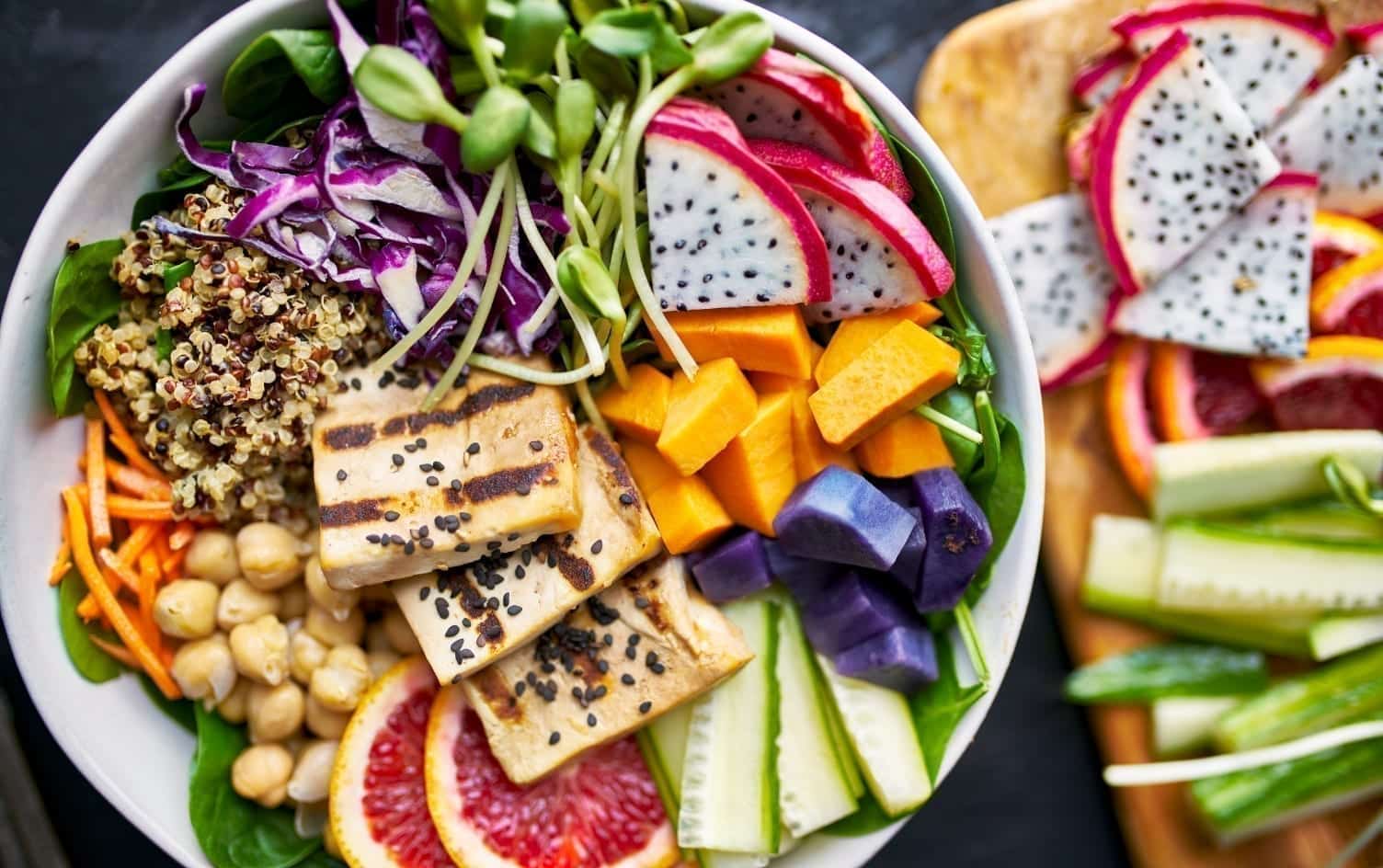Counting calories is a popular practice among dieters — the idea being that if you hit a net deficit by burning more calories than you consume, you’ll lose weight. If you want to gain weight, you need to consume more than you burn. It’s simple math, though achieving your goal can be more difficult than the counting.
Counting macros, on the other hand, goes further than traditional calorie counting. In that case, you count the macronutrients — protein, carbs and fat — that fit within your target ratios. The actual foods you eat are less important, a belief that coined the term “If It Fits Your Macros” or IIFYM, in which you can eat anything that falls within your macro allowance.
And then we’ve got phytonutrients, which are the natural chemical substances found in plants. You can count those, too. While this practice is much less prolific than counting calories or macros, it can be very beneficial to your health.
“Counting macros is more about the number than the quality of foods,” says Leslie Bonci, RDN, owner of Active Eating Advice. “Phytos are all about quality and diversity to optimize health. Being mindful of phytonutrient intake may also help to lower your risk of diseases.”
HOW TO COUNT PHYTONUTRIENTS
Counting your phytos isn’t the same as counting calories or macros. Because, rather than aiming for particular numbers, you should be more concerned with total servings and the diversity of colors you’re eating. So, in many ways, it’s much easier to count phytos.
The USDA recommends filling half your plate with fruits and vegetables. According to Bonci: “If, at each meal, there is at least one, preferably two, fist-size servings of produce on the plate, that would certainly provide sufficient phytonutrients.”
There are a lot of phytonutrients out there, but to get you started, Bonci recommends five specific ones to load onto your plate.
CAROTENOIDS
Carotenoids provide the red, yellow and orange colors in fruits and vegetables. “They act as antioxidants to protect the body and support a healthy immune system,” says Bonci. They’re also important for healthy eyes, lungs and skin. Example foods include carrots, pumpkin, sweet potatoes and red peppers.
Also falling under the carotenoid umbrella is lycopene, which may lower your risk of prostate cancer and protect your bones. It’s found in tomatoes, watermelon and other red foods.
ELLAGIC ACID
This phytonutrient may lower your risk of developing cancer, and it may also act as an anti-inflammatory agent, says Bonci. You can find it in strawberries, raspberries, blackberries and pomegranates.
FLAVONOIDS
One of the best-known flavonoids is catechin, which may lower your cancer risk. It can be found in green tea. Another, hesperidin, is in citrus fruits and juices and can reduce inflammation. And flavonols like quercetin may decrease your risk of asthma, certain cancers and heart disease, while also supporting a healthy immune system, says Bonci. To add some to your diet, stock up on apples, berries, onions and kale.
RESVERATROL
Another antioxidant and anti-inflammatory phytonutrient, resveratrol can be found in red and purple grapes and juices. Yes, that includes red wine. So, while wine may not fit into your macros, it does fit into your phytos.
GLUCOSINOLATES
This natural substance is packed into many cruciferous vegetables like broccoli, Brussels sprouts, kale, cabbage and cauliflower. Eating such foods can have serious health benefits. Studies have shown they may reduce your risk of developing certain cancers, including oral, colorectal, breast, kidney and esophageal. Add them to your salads, serve as crudité or throw them in the oven.
THE BOTTOM LINE
If the words above seem intimidating, that’s OK — you don’t have to memorize the specific phytonutrients or even their associated foods. The bottom line, says Bonci, is to try getting as many colors as possible onto your plate. That includes white, purple, red, yellow, orange and green. Do that, and you’re off to a great start.




